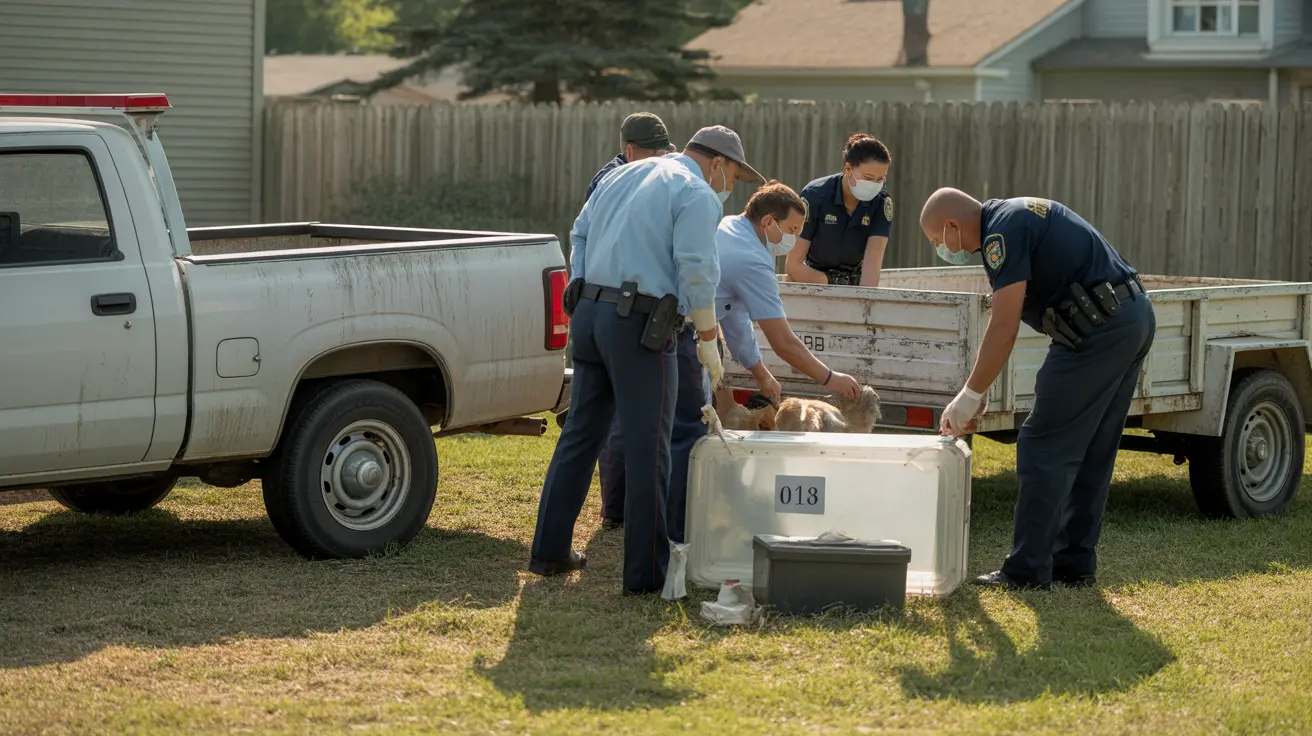How to Tell When Your Dog Needs a Bath
Keeping your dog clean is an essential part of pet care. However, knowing when it's time for a bath can be tricky, as the ideal washing schedule depends heavily on your dog's breed, coat type, lifestyle, and overall health. In this article, we explore key signs that indicate your dog needs a bath and guidelines for maintaining their hygiene without compromising skin health.
Signs Your Dog Needs a Bath
- Visible dirt: If your pet's coat looks muddy or grimy, it's time for a wash.
- Unpleasant odors: Dogs that smell bad typically need a bath, especially if the smell isn't resolved by brushing.
- Itching or scratching: Excessive itching due to allergens, fleas, or irritation could indicate the need for bathing, possibly with a medicated shampoo.
- Greasy or oily coat: A buildup of natural oils may make your dog’s fur appear greasy and require cleansing.
- Rolling in mud or debris: Dogs that enjoy messy play will obviously need more frequent baths.
Factors That Affect Bathing Frequency
There is no universal schedule, but vet and groomer recommendations consider the following:
1. Breed and Coat Type
- Long/medium coats: These often trap more dirt and need more frequent bathing.
- Short-haired breeds: Usually require fewer baths, particularly if mainly indoors.
- Hairless breeds: Require frequent bathing due to exposed and sensitive skin.
- Double-coated breeds (e.g., Huskies, Golden Retrievers): May only need baths every few months; over-bathing can strip protective oils.
2. Lifestyle and Environment
- Outdoor-active dogs: More likely to pick up dirt, mud, and allergens, needing more frequent bathing.
- Indoor dogs: May only need washing every 4–6 weeks or when visibly dirty.
- Seasonal variations: Dogs often need more baths during active summer months compared to winter.
3. Health and Skin Conditions
- Allergies or skin problems: Some dogs need weekly or medicated baths, under vet guidance, to relieve symptoms.
- Dry/flaky skin: May be a sign of over-bathing or incorrect shampoo.
Best Practices for Bathing Your Dog
- Use dog-specific, gentle shampoos: Avoid human products that may irritate canine skin.
- Don't over-bathe: Too much washing can remove essential oils, causing dryness.
- Rinse thoroughly: Eliminate all shampoo residue to prevent irritation.
- Dry properly: Ensure your dog gets fully dry to avoid discomfort and cold.
Alternatives and Maintenance Between Baths
- Regular brushing: Helps remove surface dirt and reduces the need for frequent washing.
- Grooming wipes or water rinses: Useful for quick cleaning without a full bath.
- Nail trimming and ear cleaning: Maintain overall cleanliness and health.
Consulting Experts
If you're unsure about how often to bathe your dog, especially if they have medical conditions or unique grooming needs, consult with a veterinarian or professional groomer. Personalized guidance ensures your dog stays healthy, comfortable, and clean.
Summary
There is no one-size-fits-all routine for dog bathing. Factors like coat type, activity level, and health conditions should guide you. Keep an eye out for visible dirt, odor, and scratching. When in doubt, err on the side of less frequent washing and seek professional advice to keep your furry friend happy and healthy.





